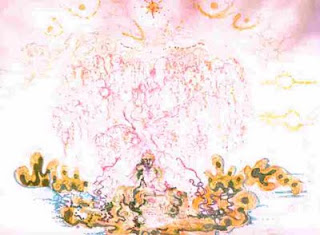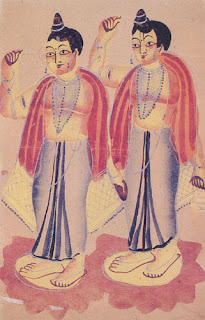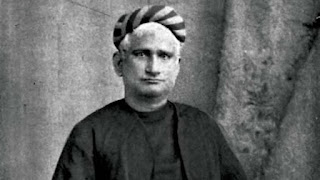Summary of Dāna-keli-kaumudī Articles

Since I posted my introductory articles on Dāna-keli-kaumudī in a somewhat haphazard fashion, I thought I would just present a list of those articles in the order they were intended to be read. Some of these are dated back to September, so you may have missed them. There may be a bit of crossover or lack of proper sequencing of ideas in the different posts, since they were all being written more or less simultaneously, so no doubt further editing will be necessary, but I probably won't do that work on line. (1) Folk and Classical Elements in Dāna-keli-kaumudī . This introductory article is meant to highlight how Rupa Goswami's writings are the synthesis of folk and classical traditions, mediated by the Bhāgavata-purāṇa . (2) A summary of the contents of Dāna-keli-kaumudī . . This structural analysis of the DKK is an attempt to isolate the classicizing portions, or at least to see what original contributions Rupa was making in his approach to the dāna-līlā . (3) Verse 1




